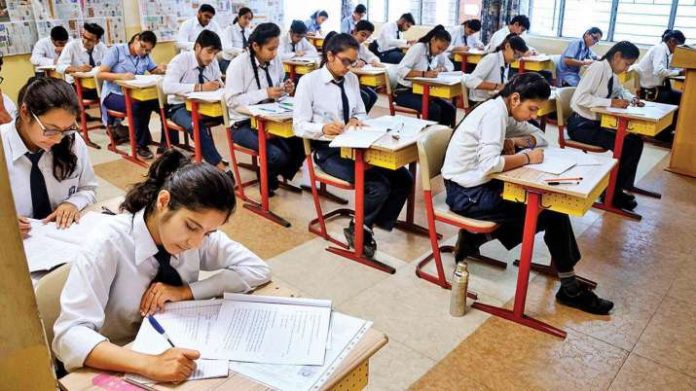CBSE has changed the policy of allowing schools to start more new sections of the class. Schools will benefit from the new rules of CBSE. Now schools will be able to start more new sections to enroll more students.
In view of the increasing demand for admission in CBSE schools and the problem of lack of space with schools, the Central Board of Secondary Education (CBSE) has simplified the rules for opening new sections of the class. Due to amendment in the affiliation norms, CBSE schools will be able to start more sections of the class. According to the new rule, now schools will be allowed to increase the sections of the class on the basis of built up carpet area instead of the size of the land. With the ease of rules, children will be able to get admission in the CBSE school near their home. They will not have to go far to study. More sections of the class will be opened in CBSE schools near home.
In fact, many schools had raised the problems faced by CBSE regarding starting new sections to meet the increasing demand for admissions. CBSE said in its circular that due to lack of seats available in neighborhood schools, children have to travel long distances to go to school, which can affect their health, social and psychological development and sense of belonging.
These changes notified in the circular issued by CBSE on Thursday will apply to all existing and new affiliated schools except foreign schools.
The goals of the new education policy will also be met
On this decision of CBSE, officials and school principals said that this step will reduce the pressure of admission. Children will not have to travel long distances to and from school. Also, the rules of the National Education Policy (NEP) 2020 will also be followed, which talks about equal access to education to children and the goals of school education in the neighborhood.
What was the rule for increasing sections till now, what is the new rule
Till now, the maximum number of sections that a CBSE school can run was determined on the basis of the total land area available with the school. Due to this rule, increasing sections was often limited in densely populated urban areas. As per the revised rules, schools can now add three additional sections for every 400 sq m of built up area.
Under the old CBSE affiliation rules, the number of sections that a school could operate was based on the size of its total land, irrespective of how much of that land was actually built up. The new rules focus on the school’s built up carpet area that is actually being used for academic purposes.
Under the earlier CBSE affiliation rules, the number of sections that could be opened for classes 11 and 12 was limited to one-third of the total number of sections running in the school. Under the new rules, the number of sections for classes 9, 10, 11 and 12 has been fixed separately. At each level, from Balvatika to class 10 or 12, a maximum of one-fourth of the total number of sections running in the school can be kept.
The new policy also states that schools will have to obtain a certificate of built up area from local bodies or a licensed architect.
Only 40 students can study in one section
Despite the change in section norms, CBSE has retained the limit of 40 students per section to ensure quality education and adequate infrastructure.
Now schools will be able to admit more children
Sudha Acharya, Principal of ITL Public School, Dwarka, New Delhi, said that the new rules will benefit schools. She said, ‘We had to refuse admission to students due to the limit of sections and the rule of maximum 40 students in a class. This is a welcome change and now schools will be able to add more sections to admit more students.’
According to the information available on the CBSE website, there are 30984 schools affiliated to the board.


